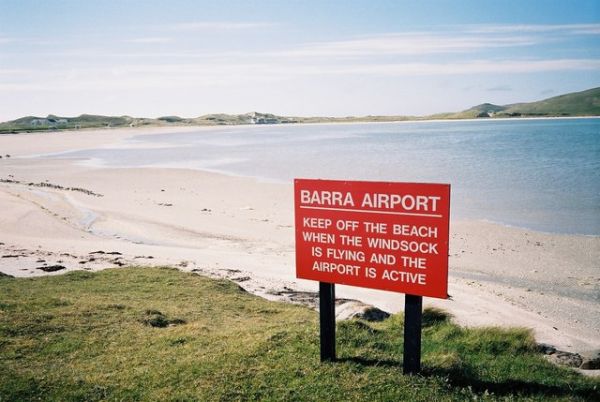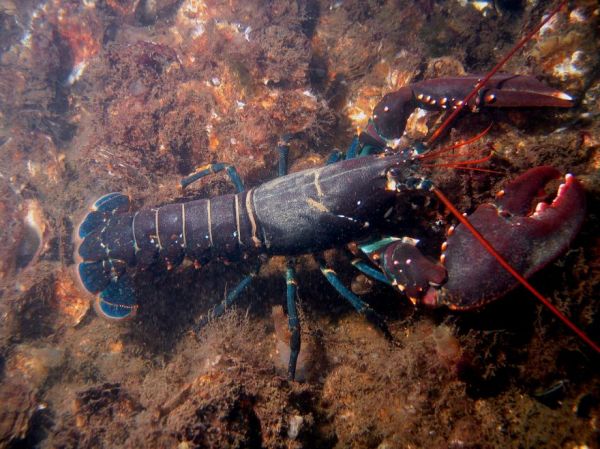
Earth's surface oceans are quite apparent, even from satellite images of our blue marble, but now …
Deep within the Earth's
rocky mantle lies oceans' worth of water locked up in a type of mineral
called ringwoodite, new research shows.
The results of the study will help scientists understand Earth's water cycle, and how plate tectonics moves water between the surface of the planet and interior reservoirs, researchers say.
The Earth's mantle
is the hot, rocky layer between the planet's core and crust. Scientists
have long suspected that the mantle's so-called transition zone, which
sits between the upper and lower mantle layers 255 to 410 miles (410 to
660 kilometers) below Earth's surface, could contain water trapped in
rare minerals. However, direct evidence for this water has been lacking,
until now.
To see if the transition zone really is a deep reservoir for water,
researchers conducted experiments on water-rich ringwoodite, analyzed
seismic waves travelling through the mantle beneath the United States,
and studied numerical models. They discovered that downward-flowing
mantle material is melting as it crosses the boundary between the
transition zone and the lower mantle layer.
"If we are seeing this melting, then there has to be this water in the
transition zone," said Brandon Schmandt, a seismologist at the
University of New Mexico and co-author of the new study published today
(June 12) in the journal Science. "The transition zone can hold a lot of
water, and could potentially have the same amount of H2O [water] as all
the world's oceans." (Melting is a way of getting rid of water, which is unstable under conditions in Earth's lower mantle, the researchers said.)
A water-rich mineral
Ringwoodite is a rare type of mineral that forms from olivine under
very high pressures and temperatures, such as those present in the
mantle's transition zone. Laboratory studies have shown that the mineral
can contain water, which isn't present as liquid, ice or vapor;
instead, it is trapped in the ringwoodite's molecular structure as
hydroxide ions (bonded oxygen and hydrogen atoms).
In March, another research group discovered an unusual diamond from the mantle that encased hydrous ringwoodite. Though the find suggested the
transition zone could contain a lot of water, it was the first and only
ringwoodite specimen from the mantle scientists have ever analyzed (all
other samples were produced in the lab or found in meteorites), and may
not be representative of other mantle ringwoodite.
Fragments of the blue-colored mineral ringwoodite synthesized in the laboratory.
"Right now, we're
one-for-one, because that ringwoodite had some H2O in it, but we didn't
know if it was normal," Schmandt told Live Science. So Schmandt and
geophysicist Steven Jacobsen of Northwestern University in Illinois set
out to observationally test if other mantle ringwoodite also contains
water.
The researchers knew
the crystal structure of ringwoodite allows the transition zone to hold
water, but that structure changes if the material moves across the
boundary to the lower mantle (due to increasing pressures and
temperatures). Because the structure of minerals in the lower mantle
can't trap water the way ringwoodite can, Schmandt and Jacobsen reasoned
the rocks would melt as they flowed from the transition zone to the
lower mantle. "Melting is just a mechanism of getting rid of the water,"
Schmandt said.
To test this hypothesis, Jacobsen and his colleagues conducted lab experiments to simulate what would happen to transition zone
ringwoodite as it travels deeper into the Earth. They synthesized
hydrous ringwoodite and recreated the temperatures and pressures it
would experience in the transition zone by heating it with lasers and
compressing it between hard, anvil-like diamonds.
Using their setup, they then slowly increased the temperature and
pressure to mimic the conditions in the lower mantle. The ringwoodite
transformed into another mineral called silicate perovskite, and
transmission electron microscopy showed that the mineral contained
silicate melt around single crystals of perovskite.
"What that tells us is if there is similarly hydrated ringwoodite in
the transition zone that's dragged down, we would expect it to produce
melt," Schmandt said. "Because melt changes how seismic waves propagate,
that's a target I can hunt for [with seismometers]."
Finding the melt
Using the Earthscope USArray,
a network of portable seismometers across the United States, Schmandt
analyzed seismic waves as they passed from the transition zone to the
lower mantle. He found the waves slowed as they crossed into the lower
mantle, suggesting that melt was present in the boundary. Importantly,
the decrease in seismic velocity didn't happen everywhere — models
showed the wave velocity decreased only where material was flowing
downward from the transition zone to the lower mantle, as the
researchers predicted.
The melt produced in the boundary likely then flows back upward,
returning to minerals that can hold the water, Schmandt said, adding
that this mechanism allows the transition zone to be a stable water
reservoir.
"[The study]
provides critical experimental support for the important role that the
transition zone plays in controlling the melting behavior and flux of
hydrogen in the deep Earth," Graham Pearson, a mantle geochemist at the
University of Alberta, who wasn't involved in the work, told Live
Science in an email.
Anna
Kelbert, a geophysicist at Oregon State University who also wasn’t
involved in the study, notes that scientists have previously used
numerous approaches to look for evidence of Earth's interior water
reservoir, but this is the first time researchers have searched for
clues of the reservoir by focusing on the potential water-induced
melting at the bottom of the transition zone. "It provides an important
multidisciplinary perspective on this problem," Kelbert said. "It has
important implications on our understanding of the behavior of
subducting slabs deep in the mantle, and on our understanding of [the]
overall water budget/distribution in the Earth."
Schmandt hopes to now analyze seismic data from other areas across the
globe and see how common mantle melting is. This would allow researchers
to see if there's something special about the subduction history of the
mantle beneath North America, or how the Earth's plates have shifted
beneath one another over time.
The new findings will also help scientists better understand Earth's
water cycle. "The surface water we have now came from degassing of
molten rock. It came from the original rock ingredients of Earth,"
Schmandt said. "How much water is still inside the Earth today relative to the surface?"













